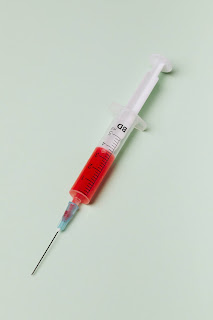How can Post Natum massage benefit you?
How can Post Natum massage benefit you?
Massage following Pregnancy is also known as Postpartum and can be very beneficial for helping to relax sore muscles, plus lower Stress levels due to the Anxiety that can be triggered, therefore naturally lowering Stress hormones. As the circulation is increased the lymphatic system is able to move more readily reducing swelling and waste production from the body.
Following Pregnancy some women may experience what is known as Post Natel Depression which is often caused by a sudden decrease in the pregnancy hormones that in the later stages can really help you to glow physically ,mentally and emotionally. This can lead to insomnia and the exhaustion that arises from hormonal changes and caring for a new born can seem overwhelming and exhausting leading to depression.
Massage around the breast area in particular can at first appear to be too intimate and yet it has many benefits apart from the relief of tension. It also helps to increase the lactation hormone to make breastfeeding easier to navigate and in fact it does help with the suckerling process. . In addition to this the chest area is then less uncomfortable as lactation improves which is often a big concern to all new mums if they will be able to breast feed or not.
Pregnancy is an incredibly exciting time but also exhausting,overwhelming and very emotional for any new mums as they adjust to this life changing time.
Elizabeth Lock Holistic Therapist
www.yourcuddletherapy.co.uk heal@yourcuddletherapy.co.ukwww.yourinnerglow.co.uk heal@yourinnerglow.co.ukwww.yourtantrictouch.co.uk heal@yourtantrictouch.co.uk
www.yourcuddletherapy.co.uk heal@yourcuddletherapy.co.ukwww.yourinnerglow.co.uk heal@yourinnerglow.co.ukwww.yourtantrictouch.co.uk heal@yourtantrictouch.co.uk




Comments
Post a Comment